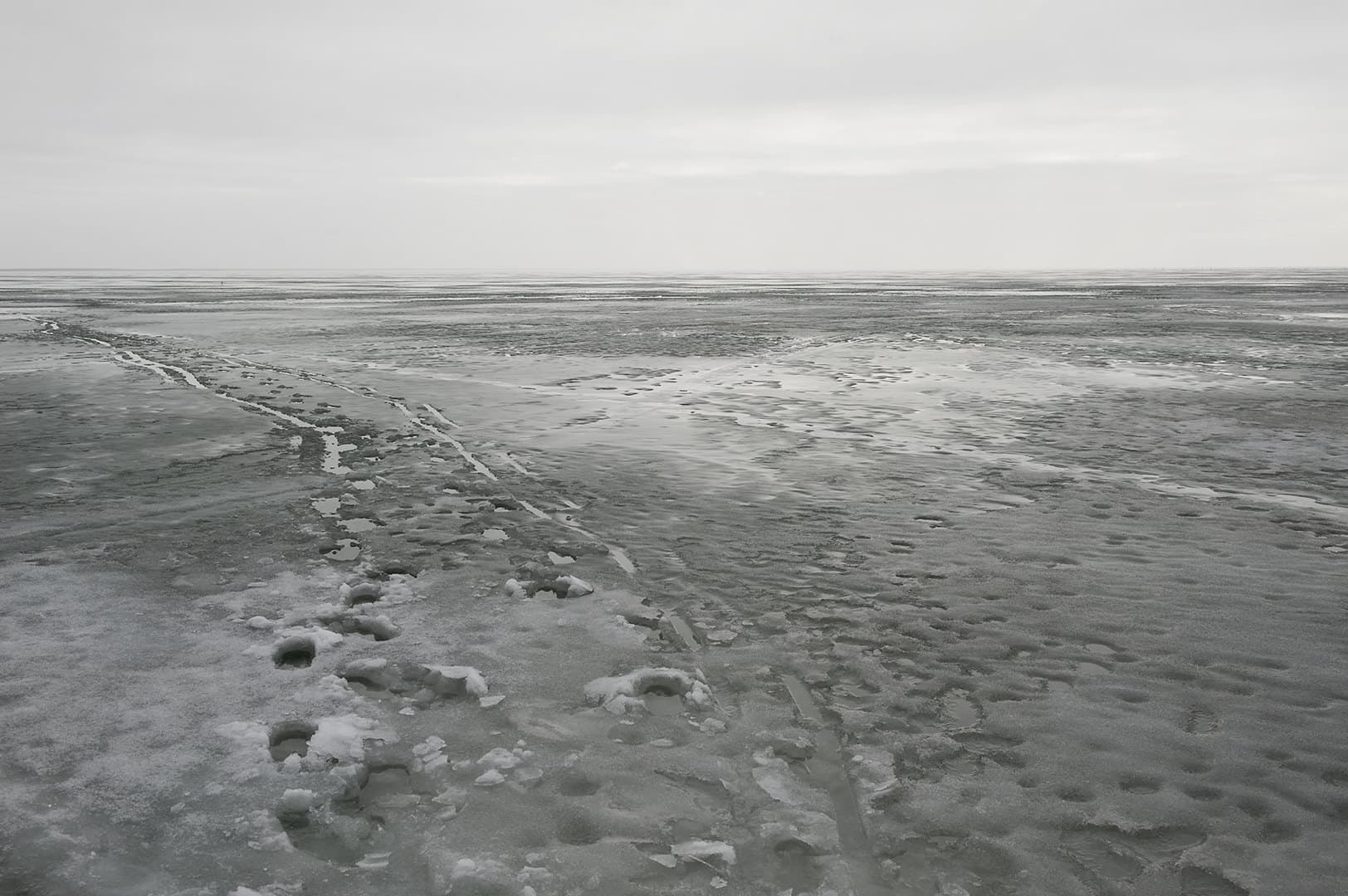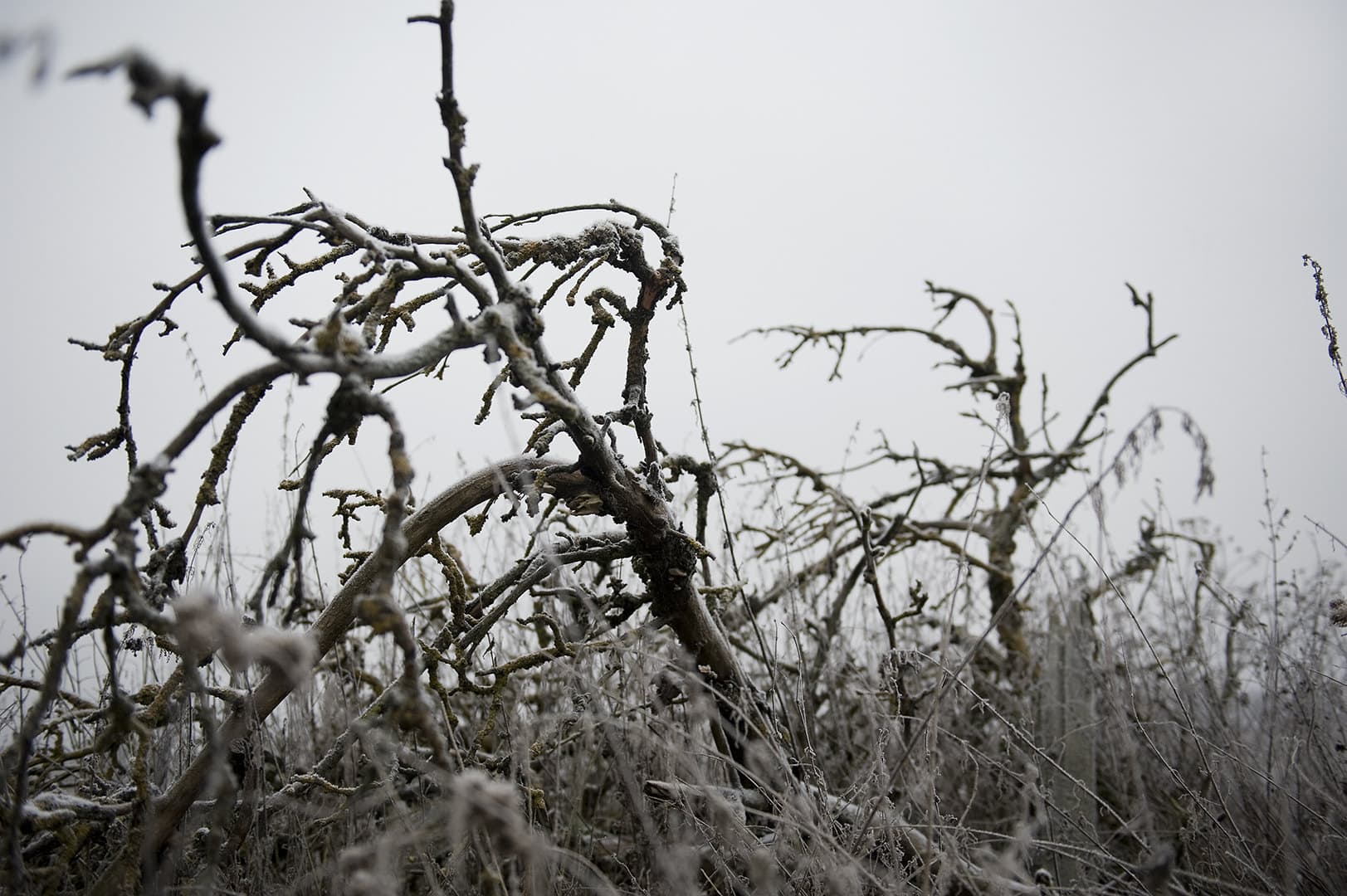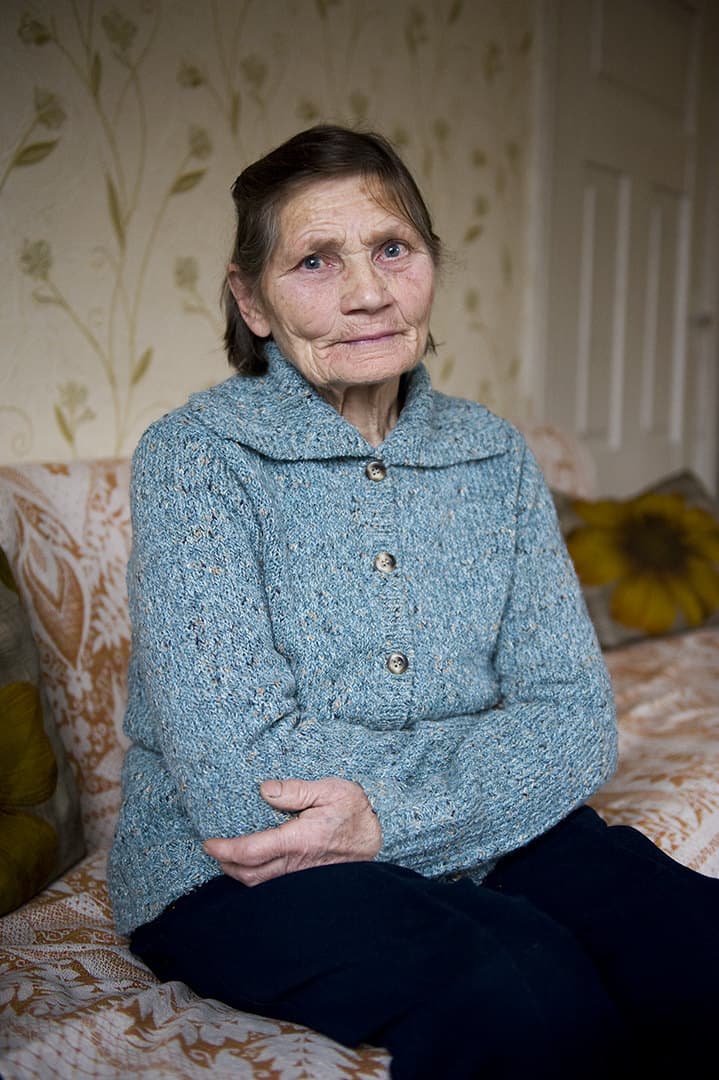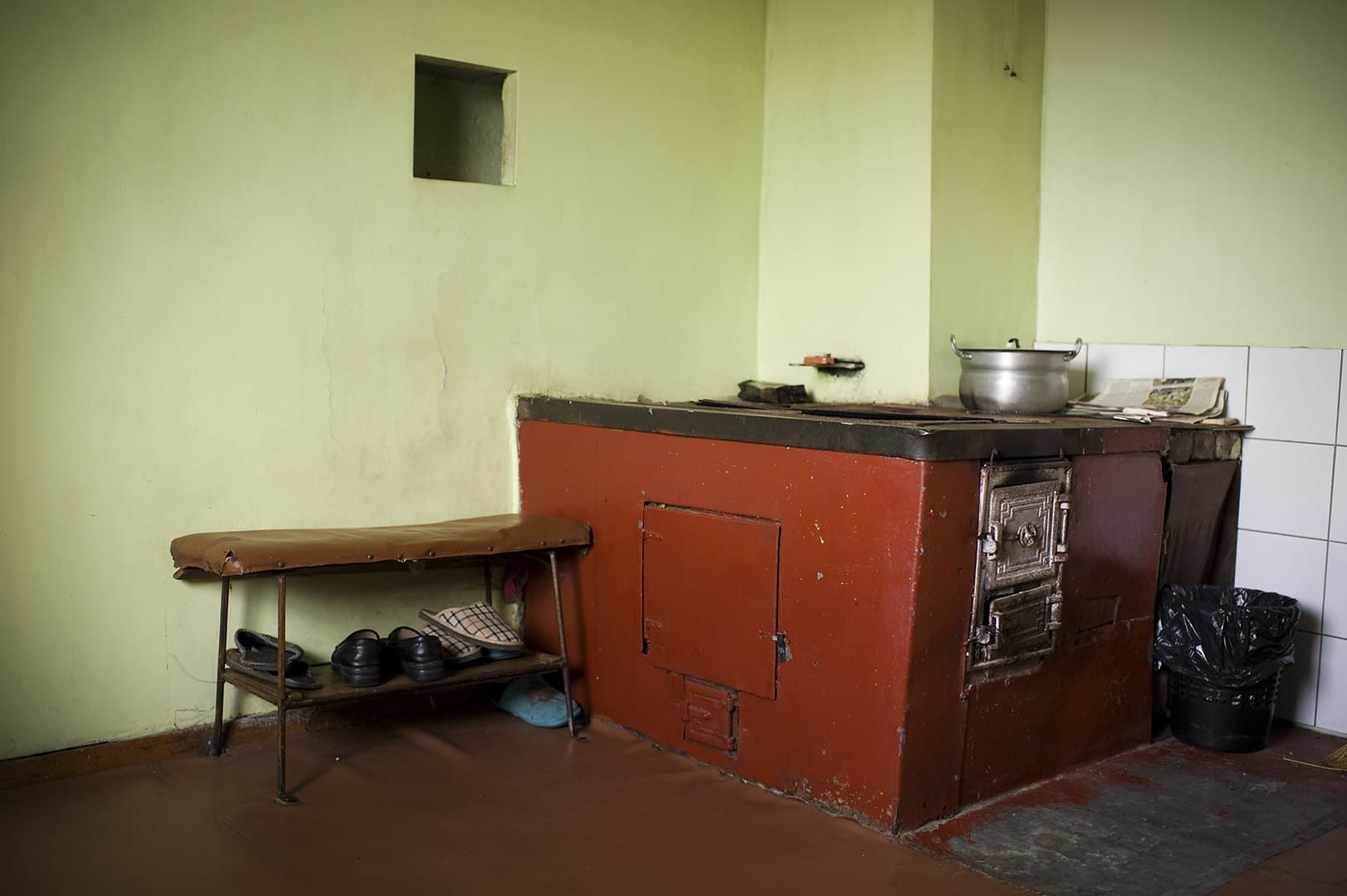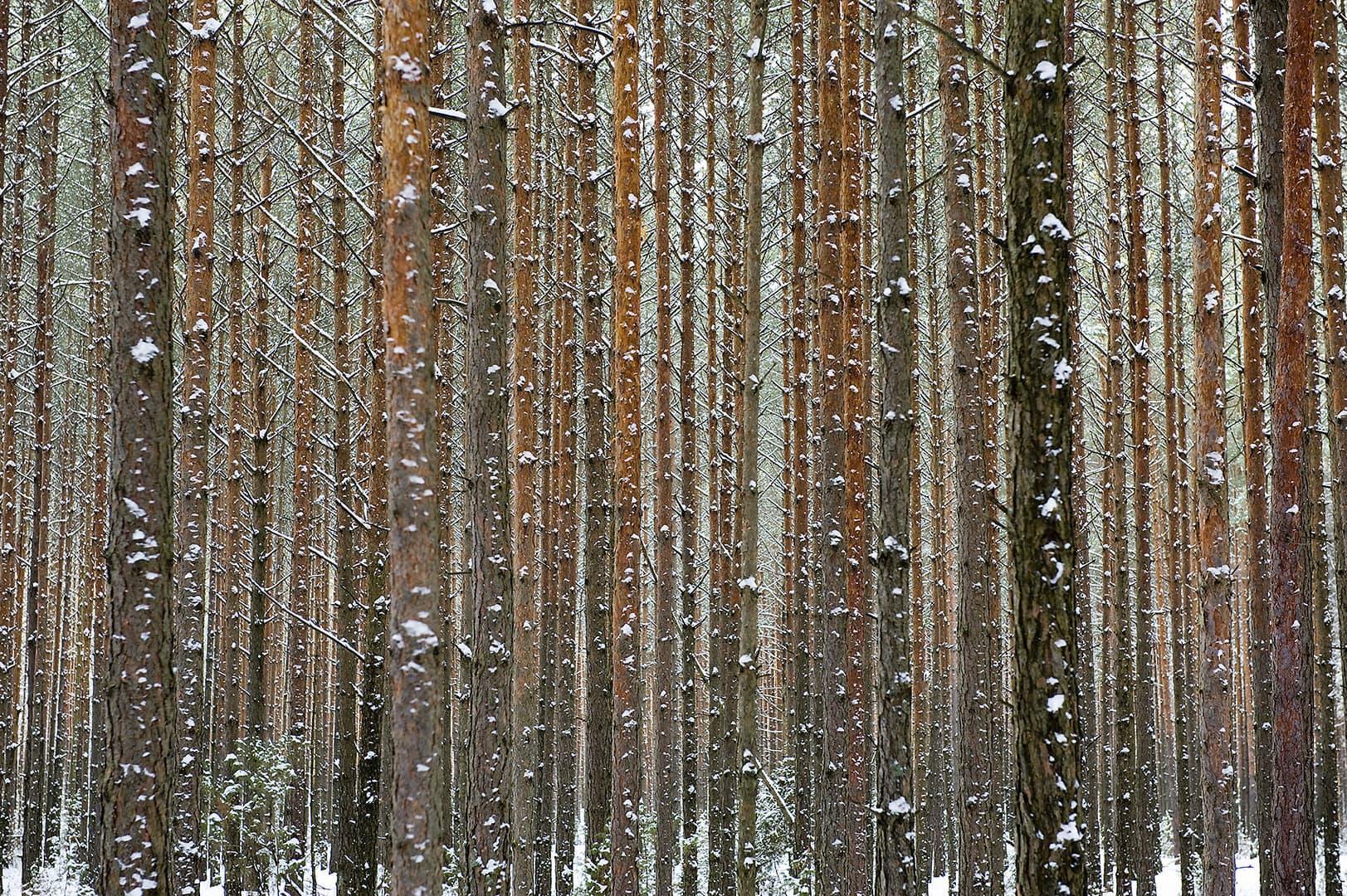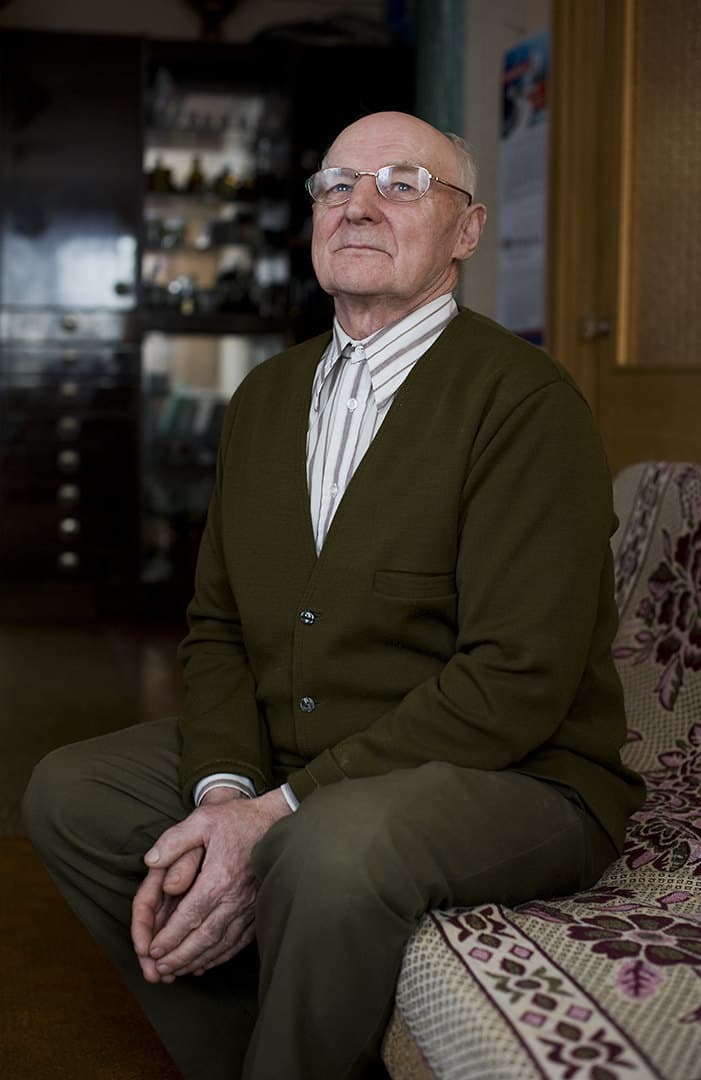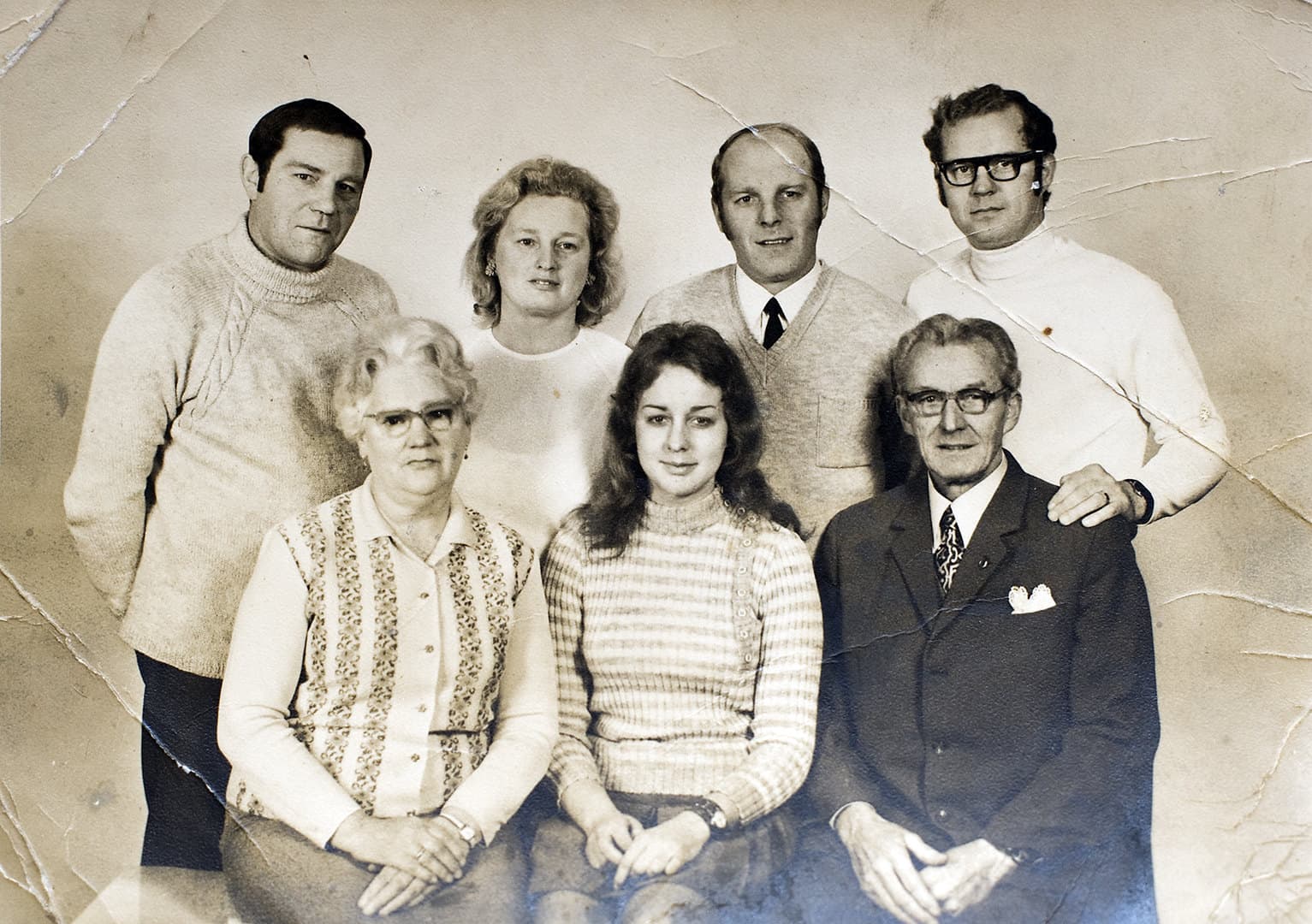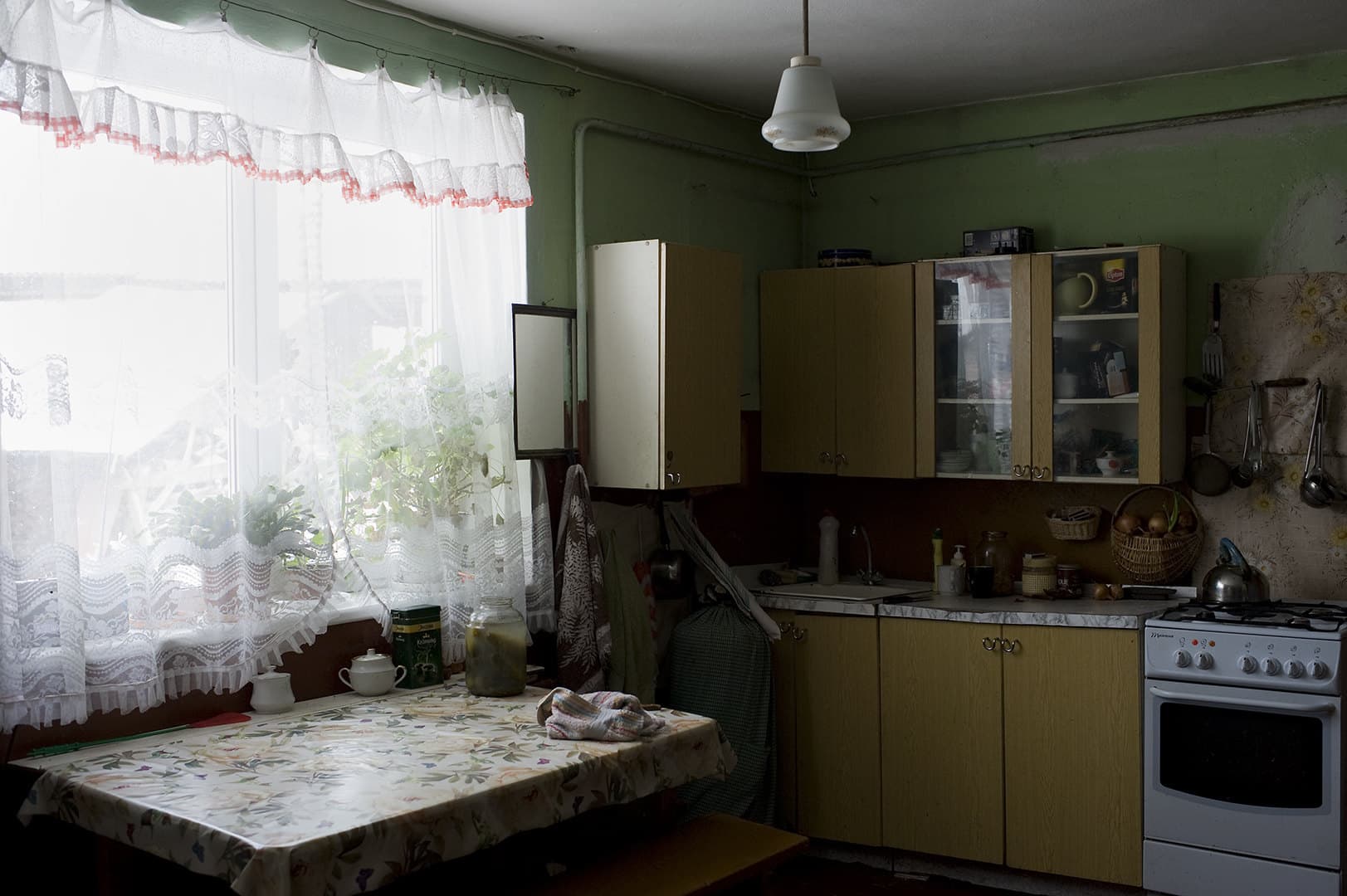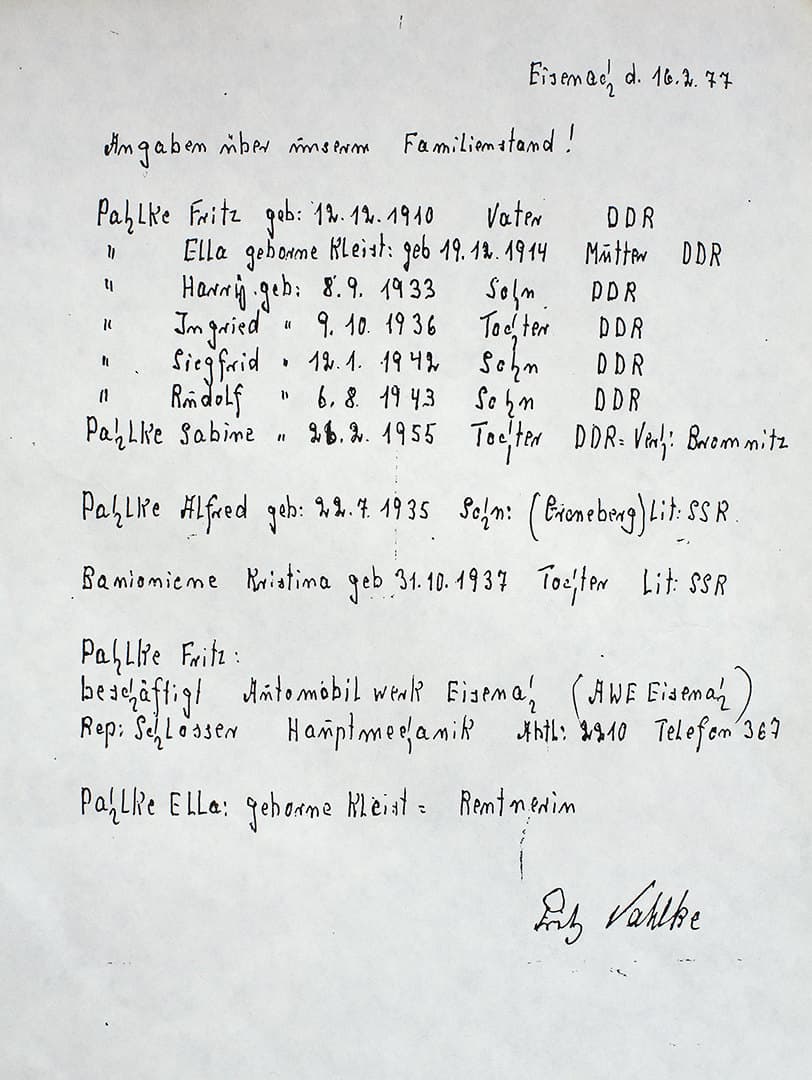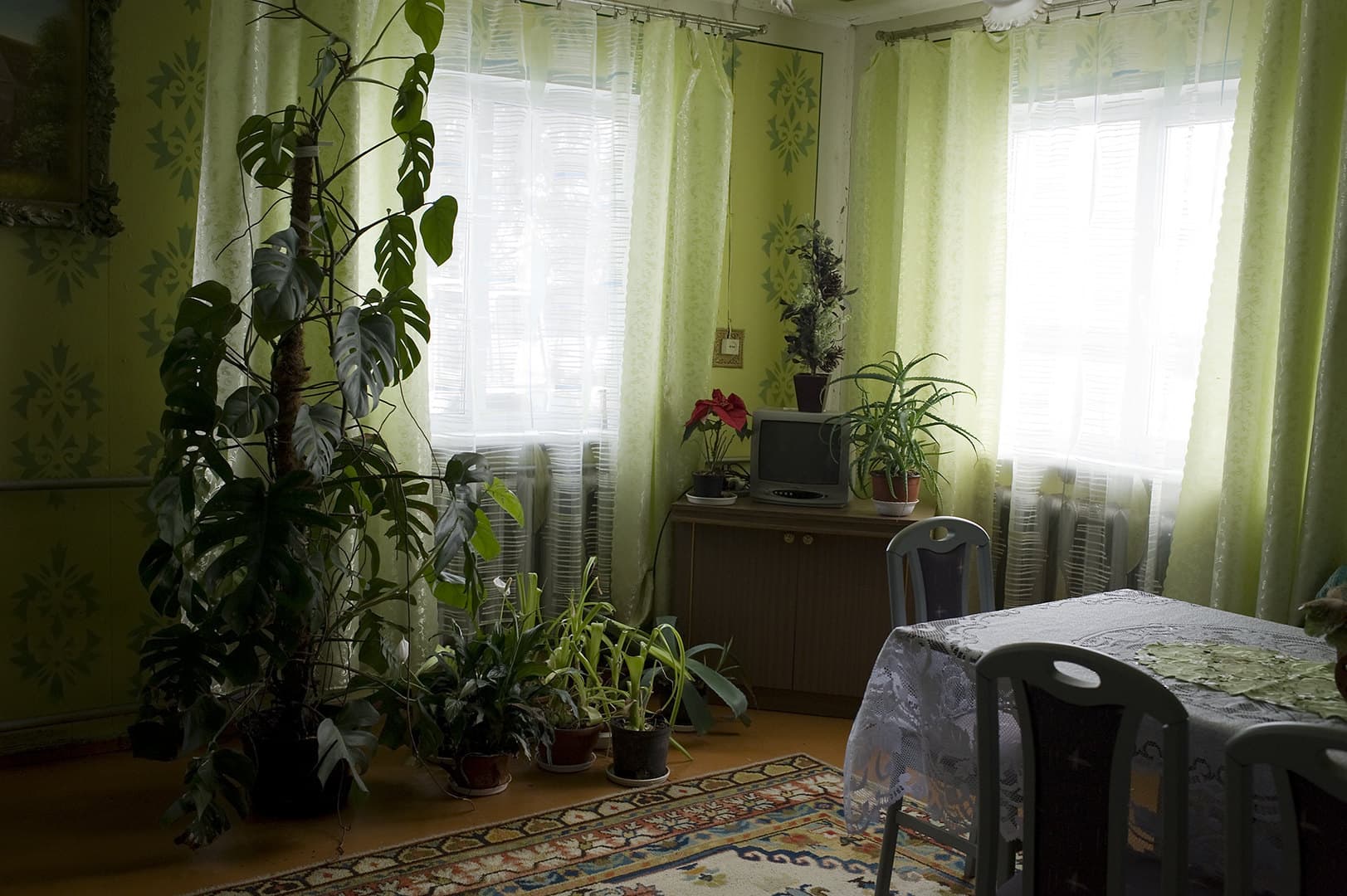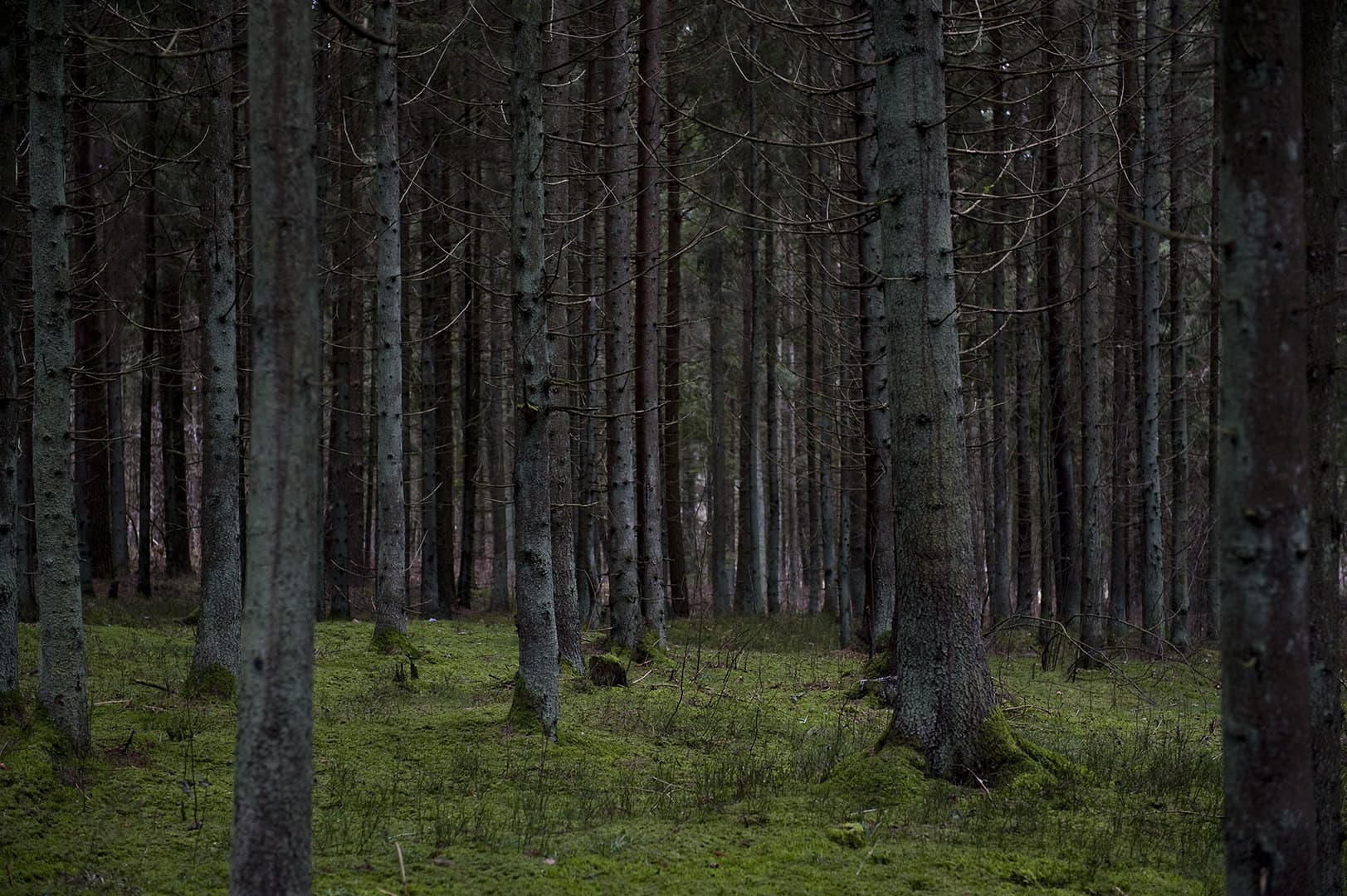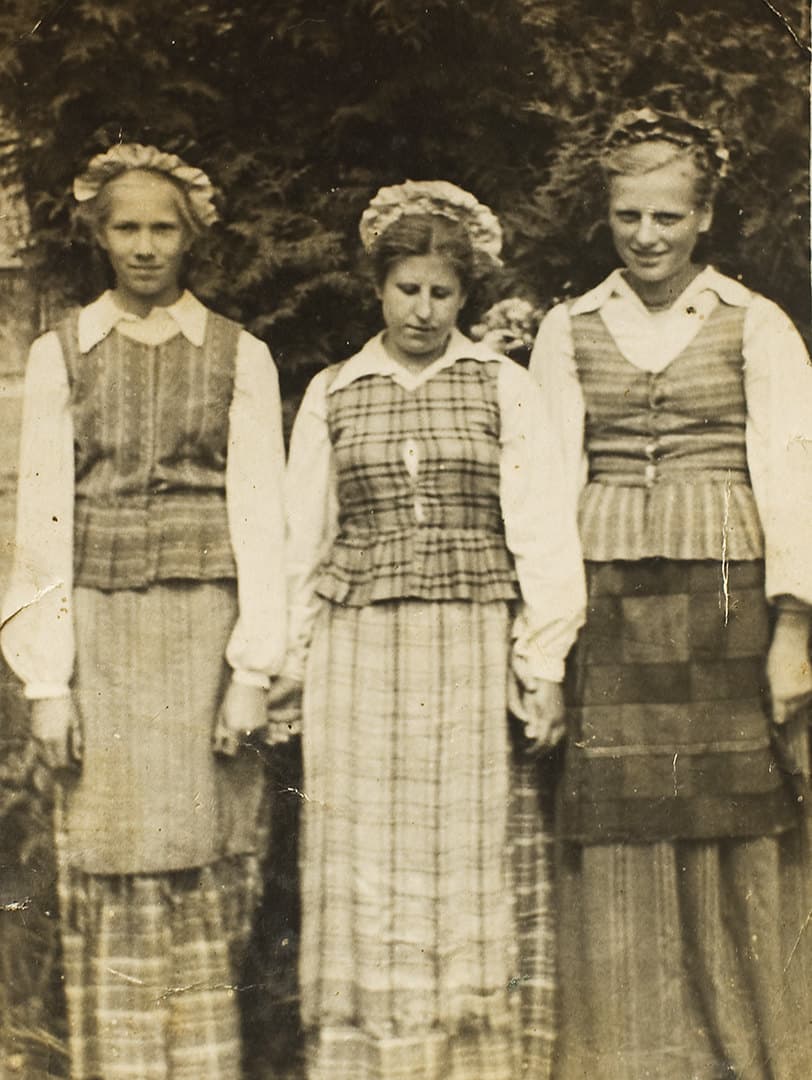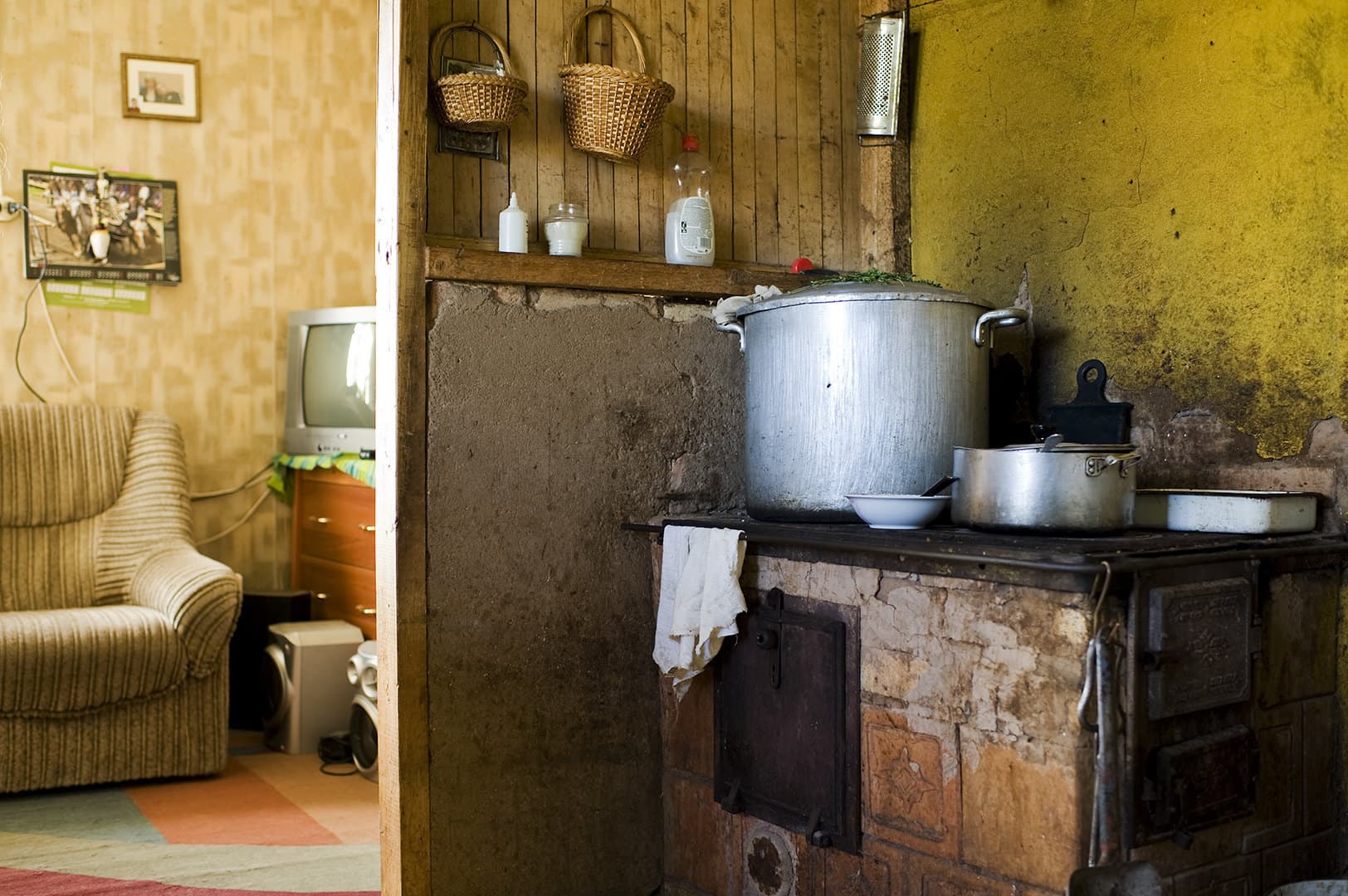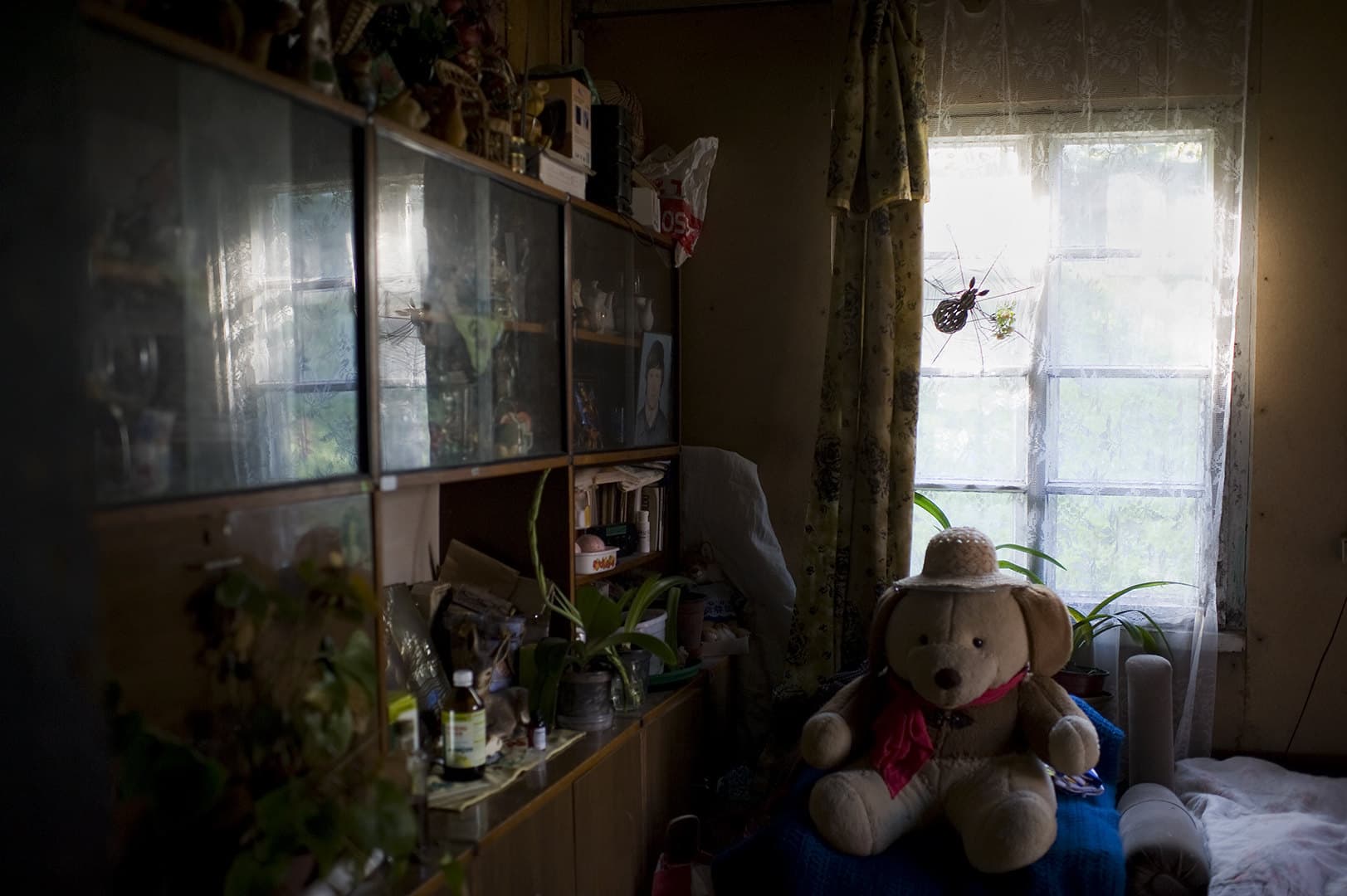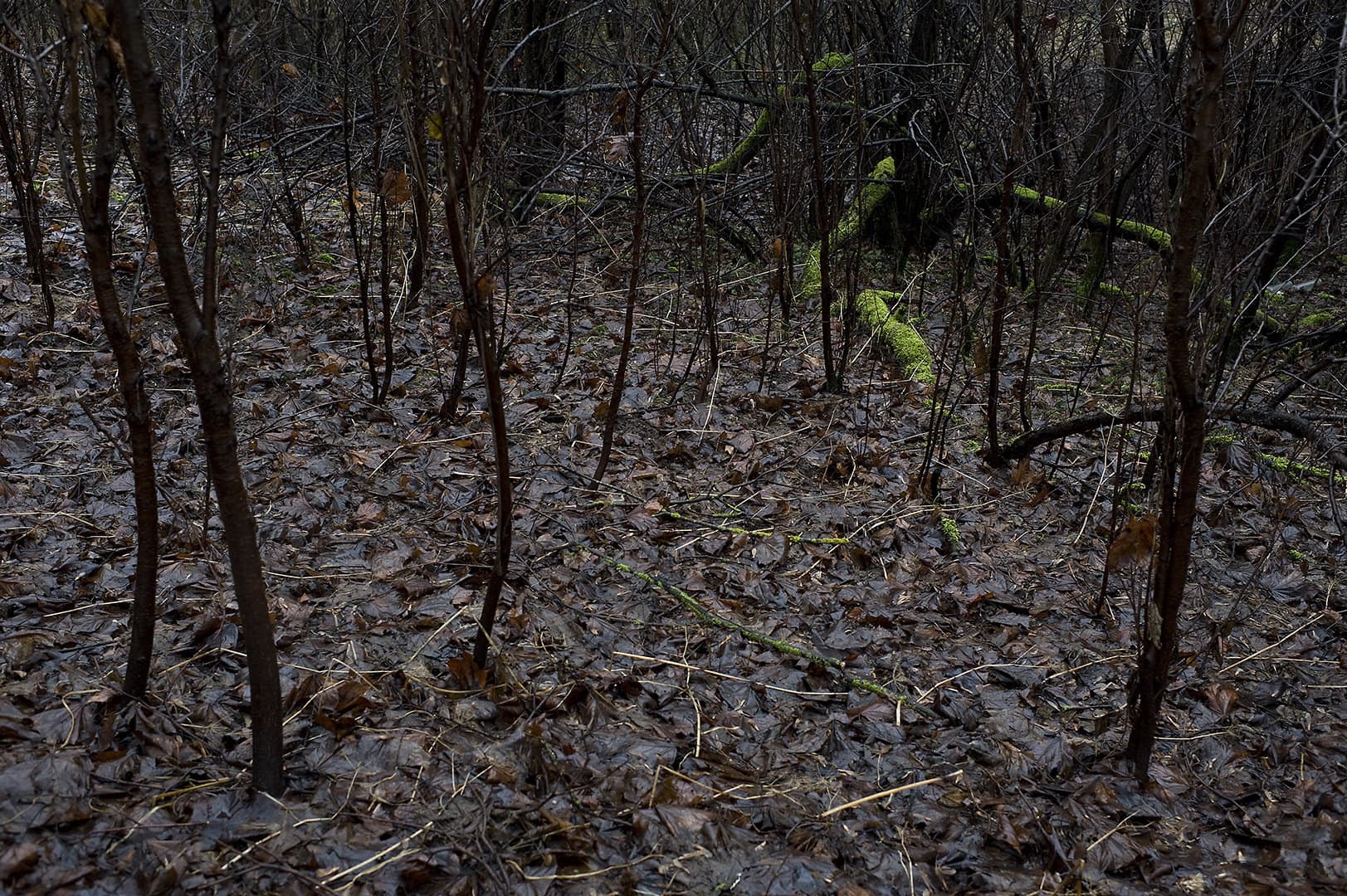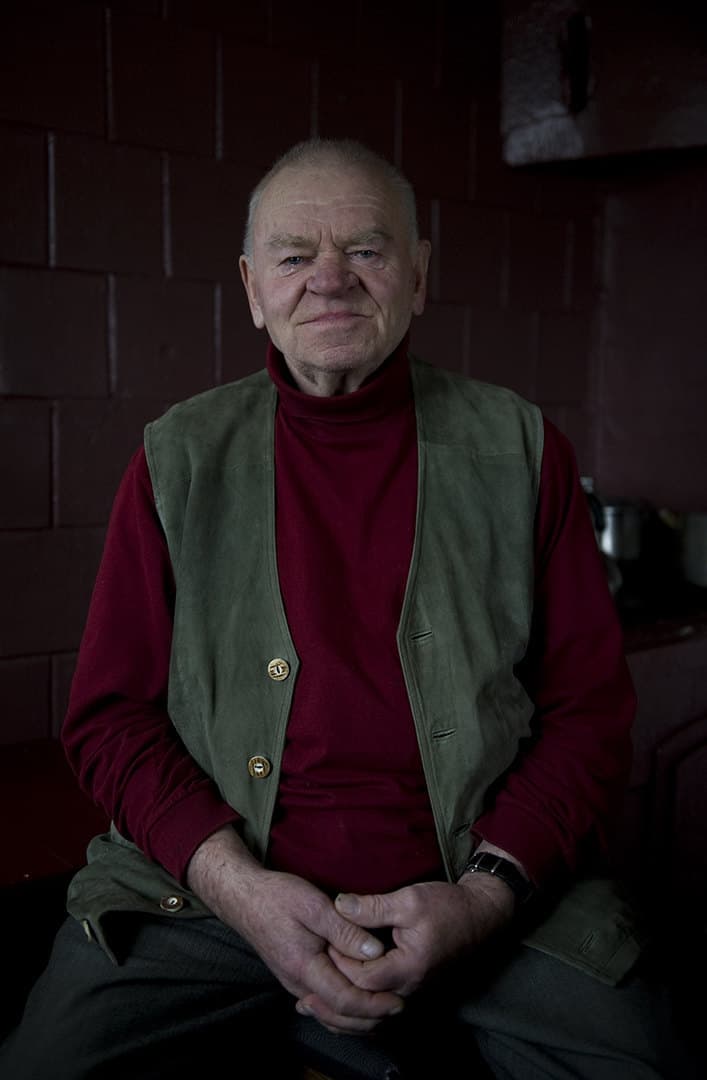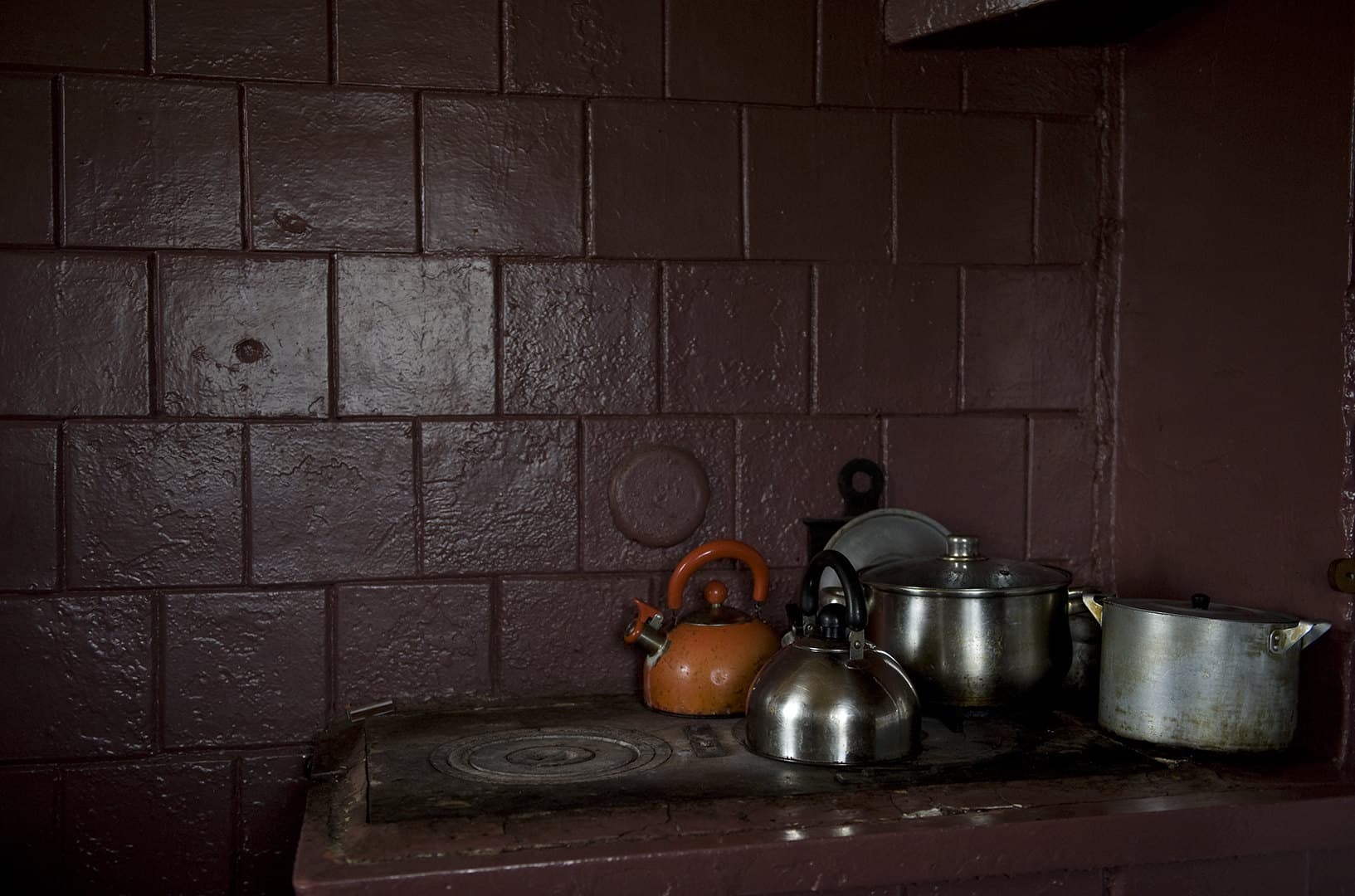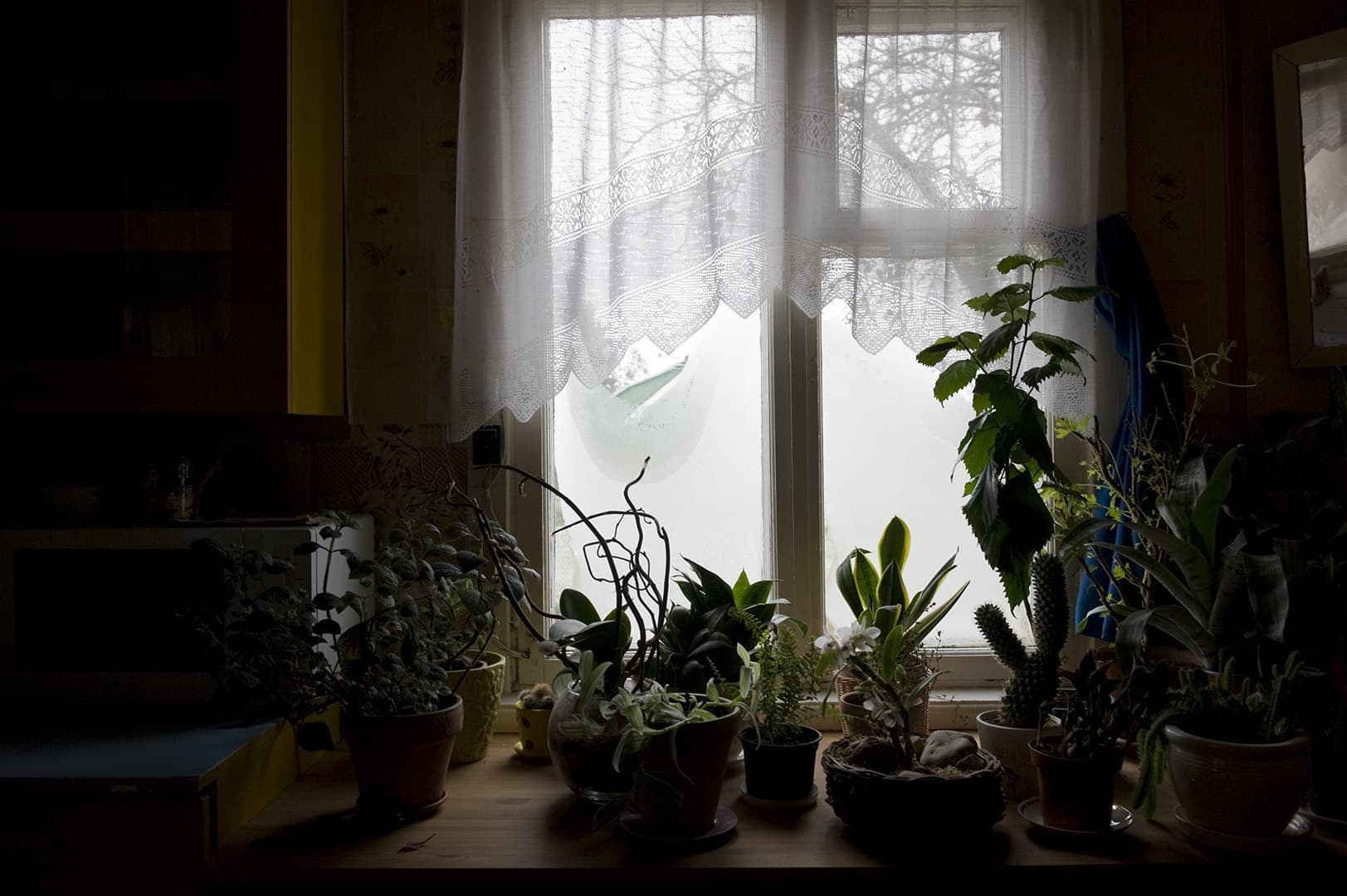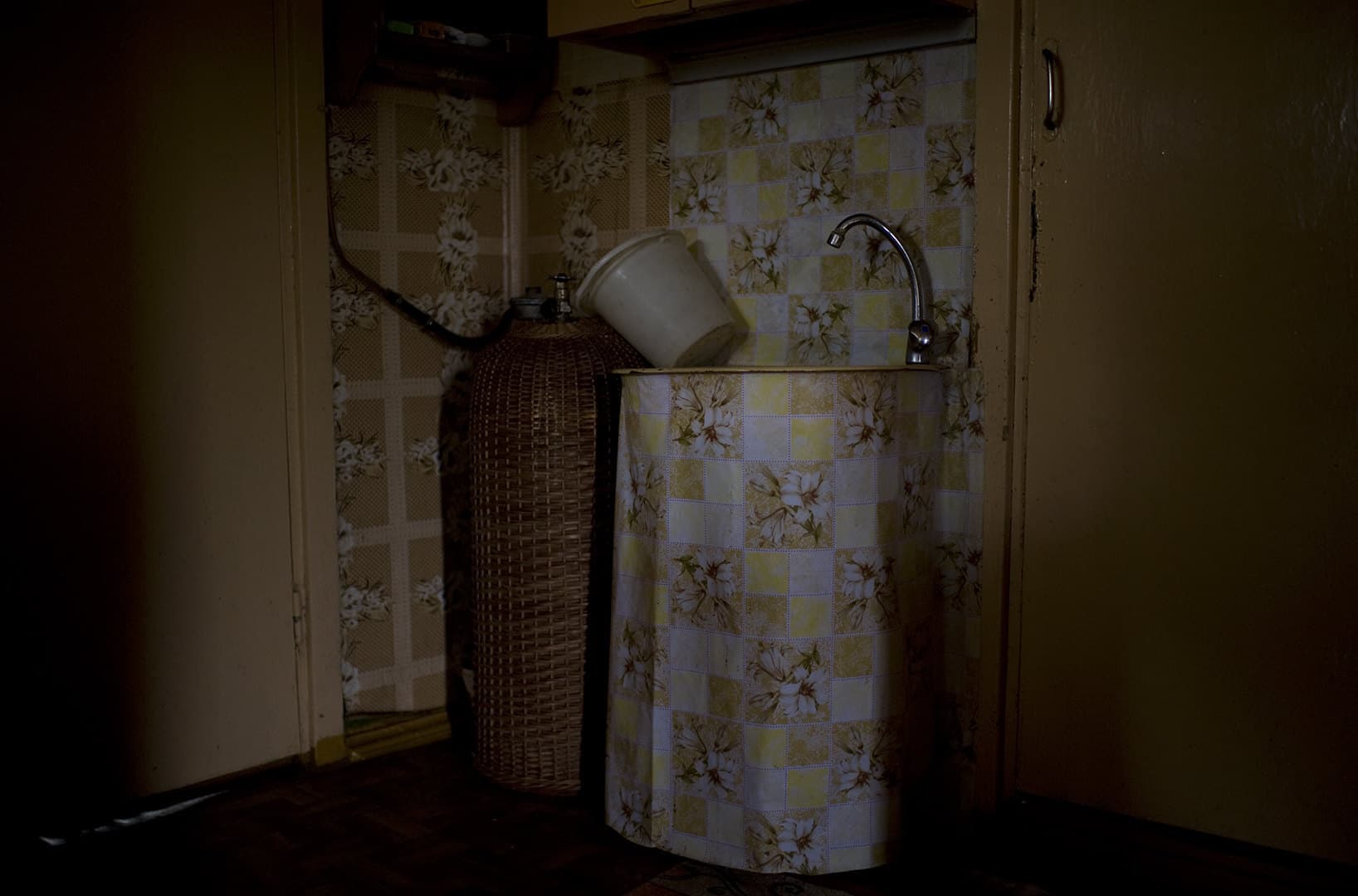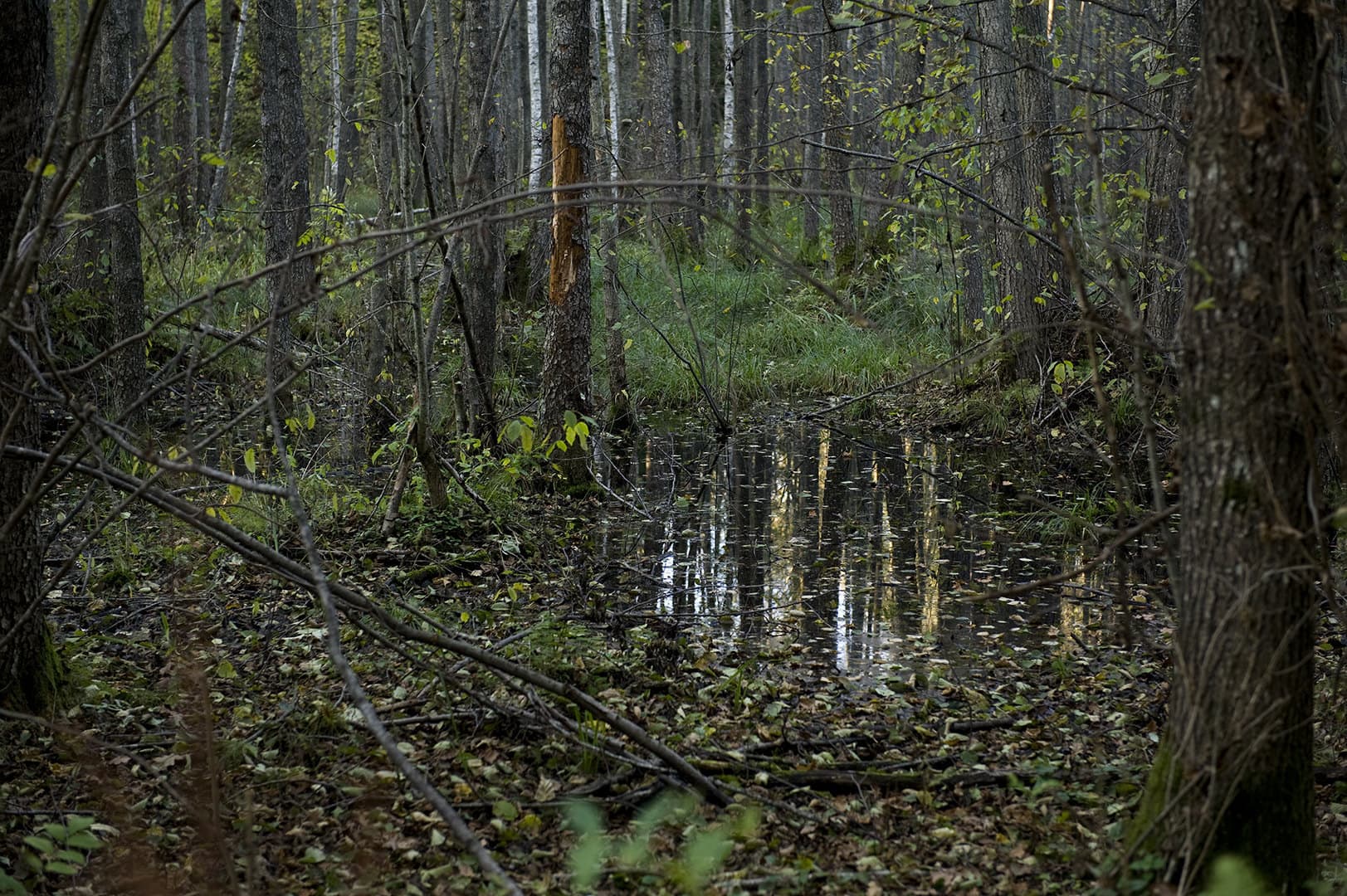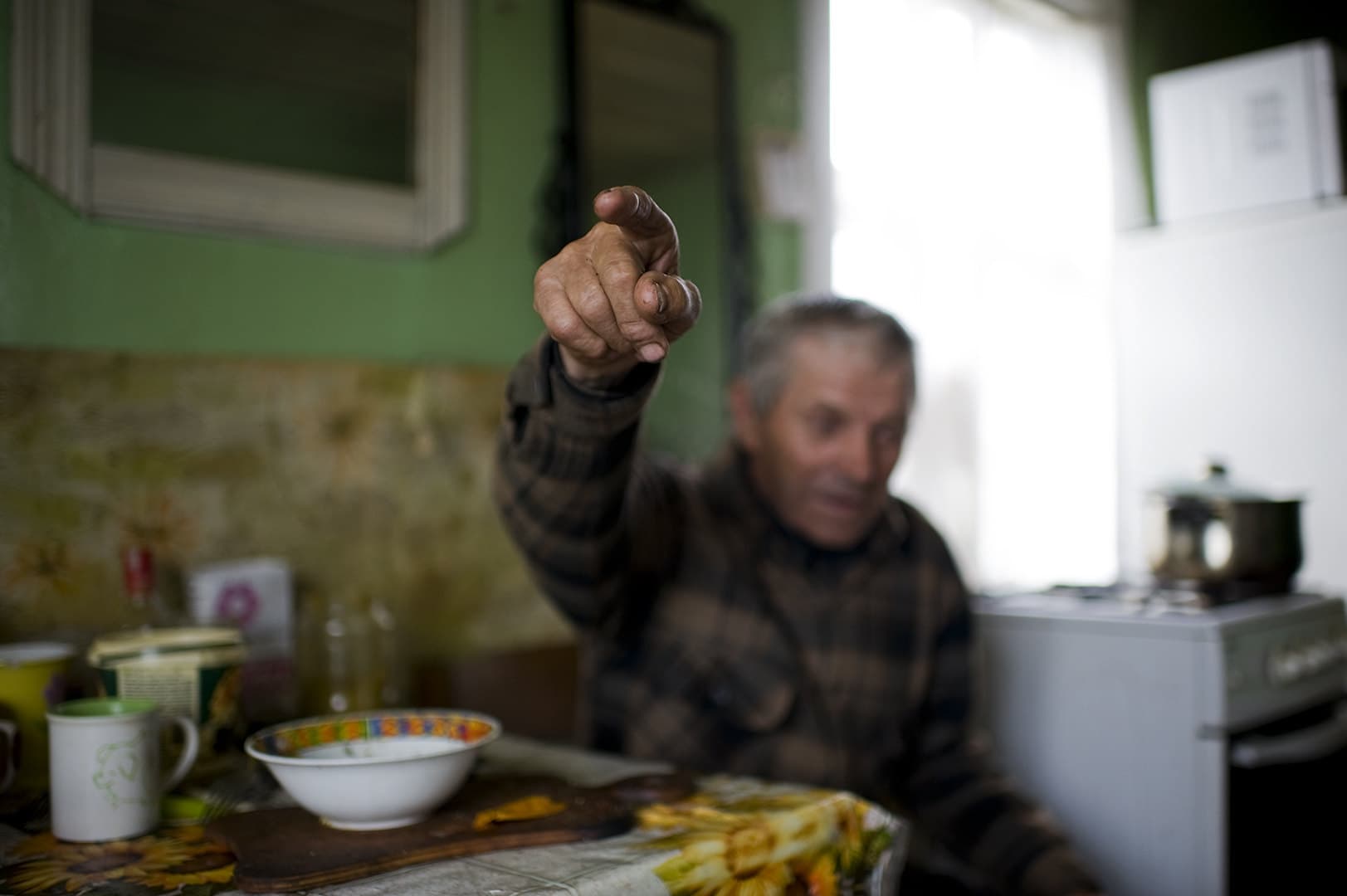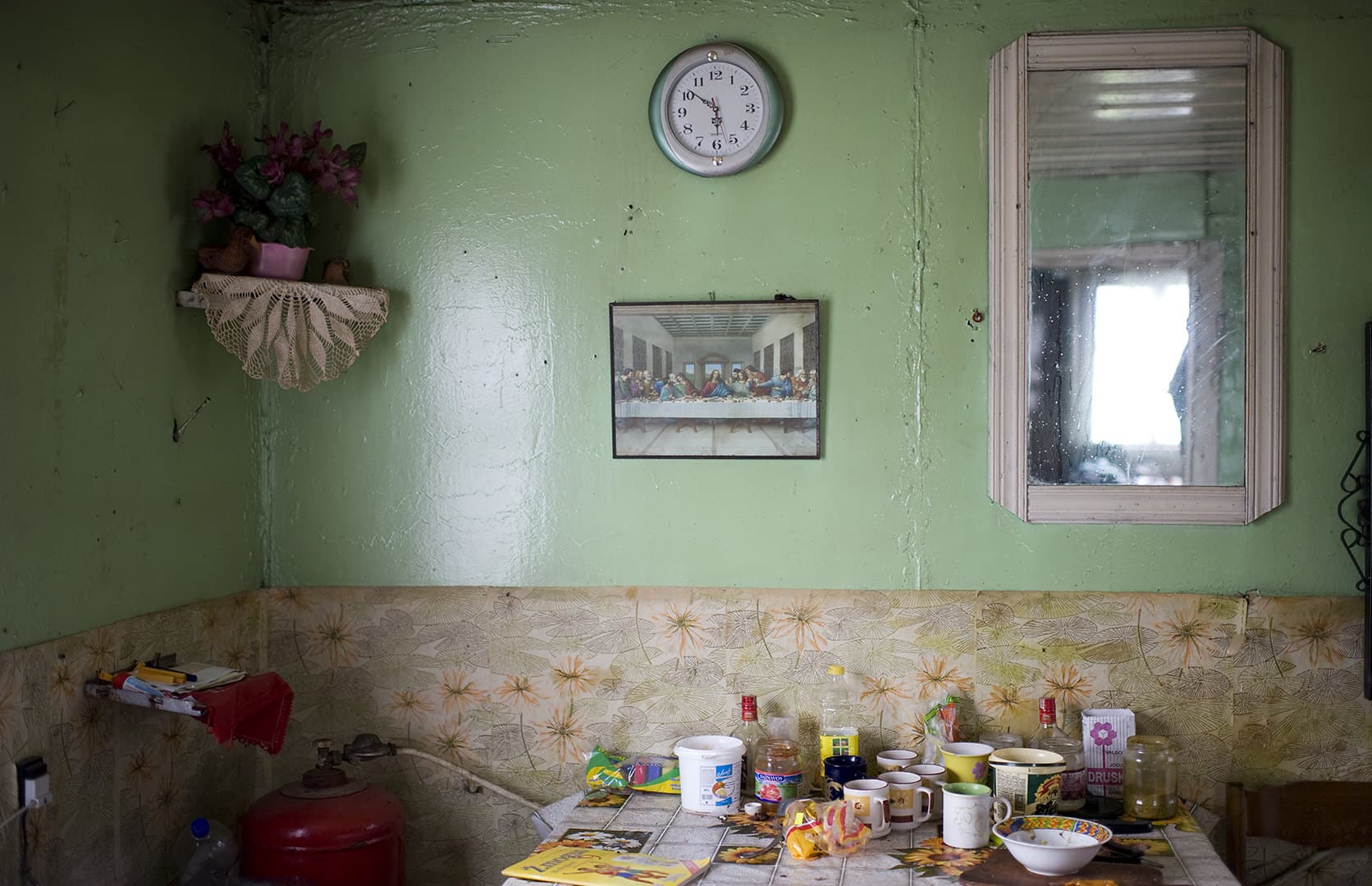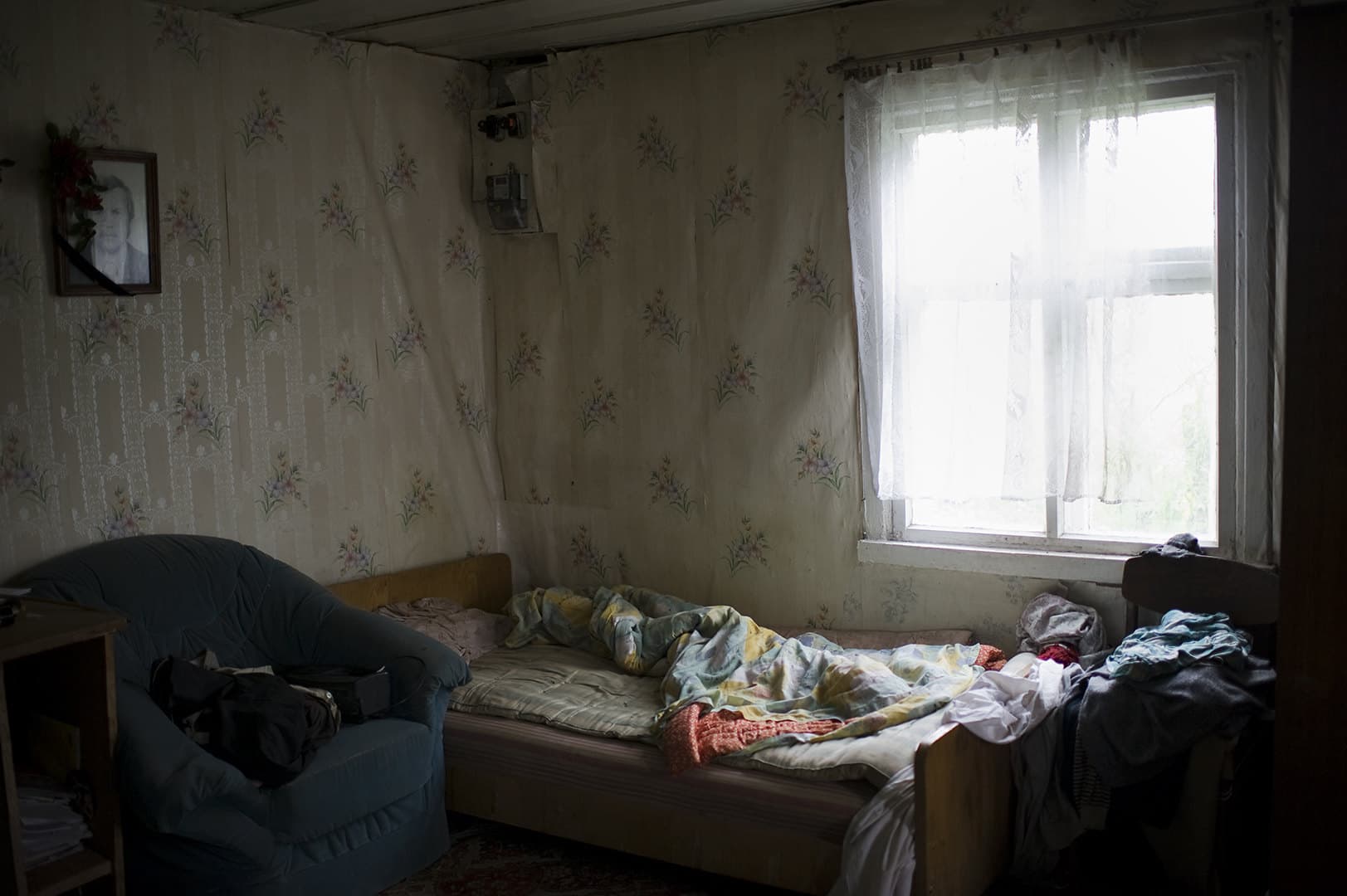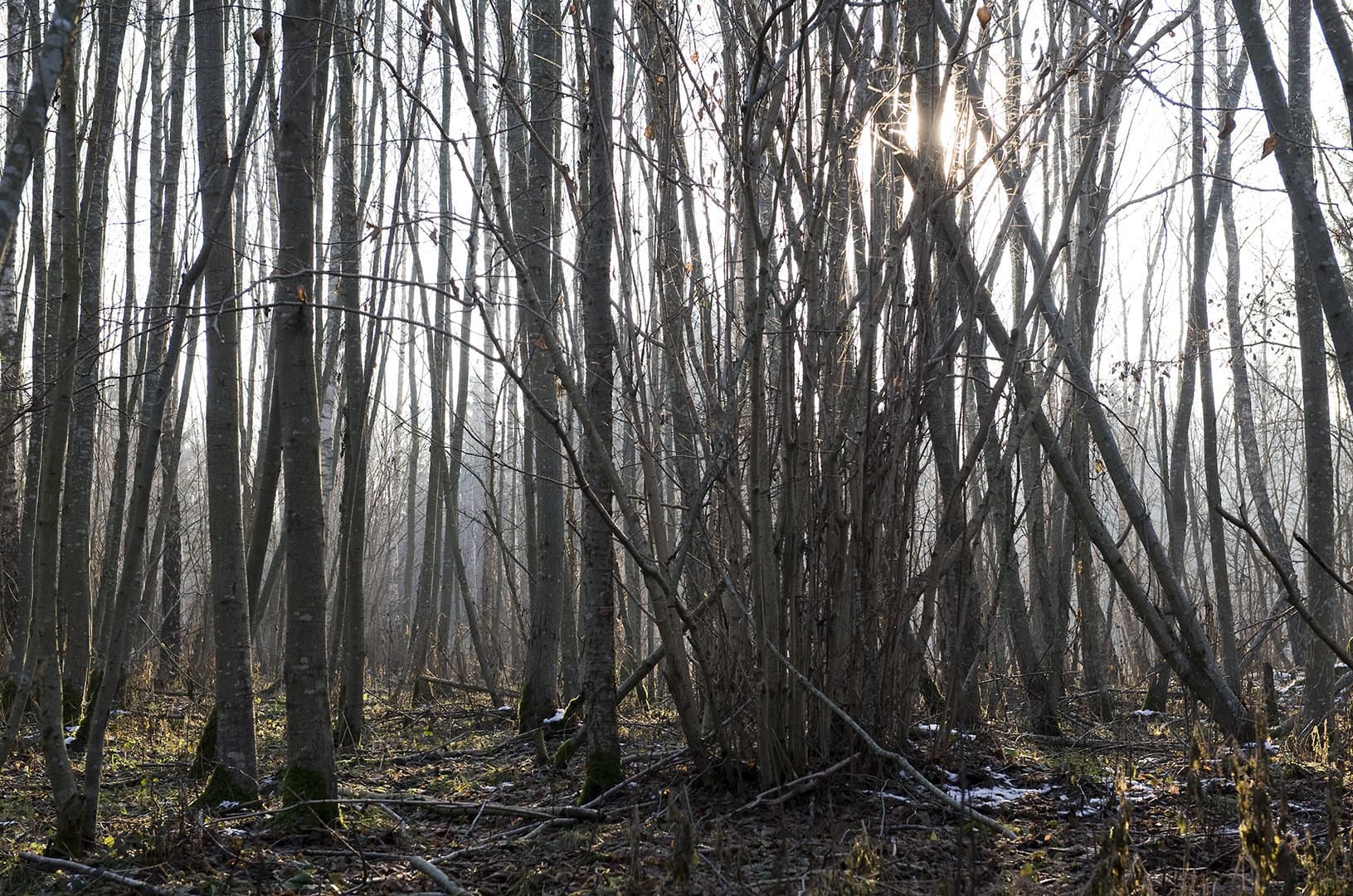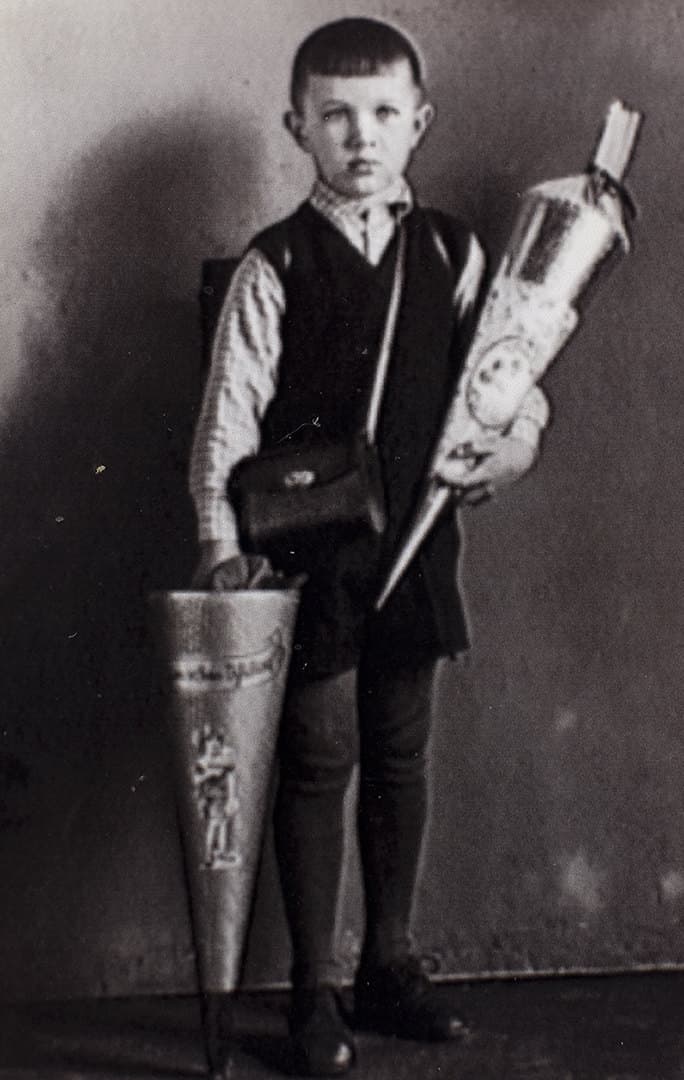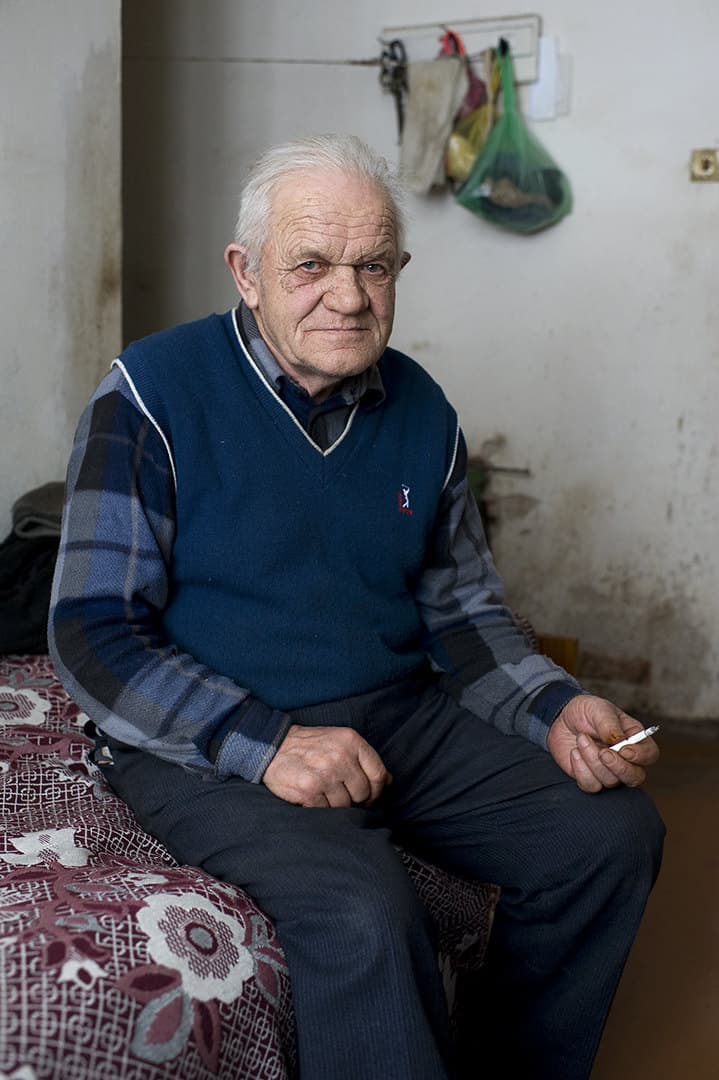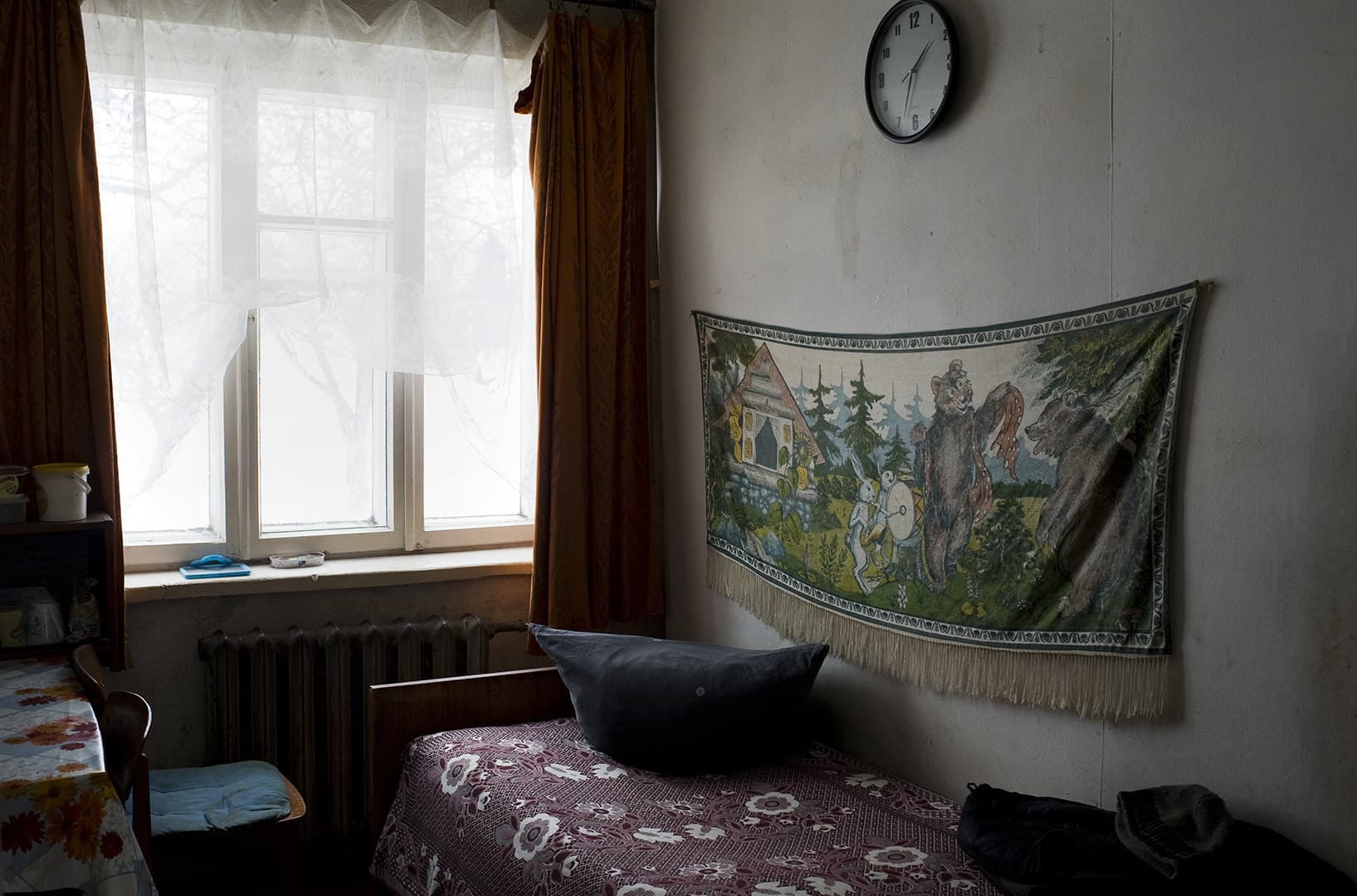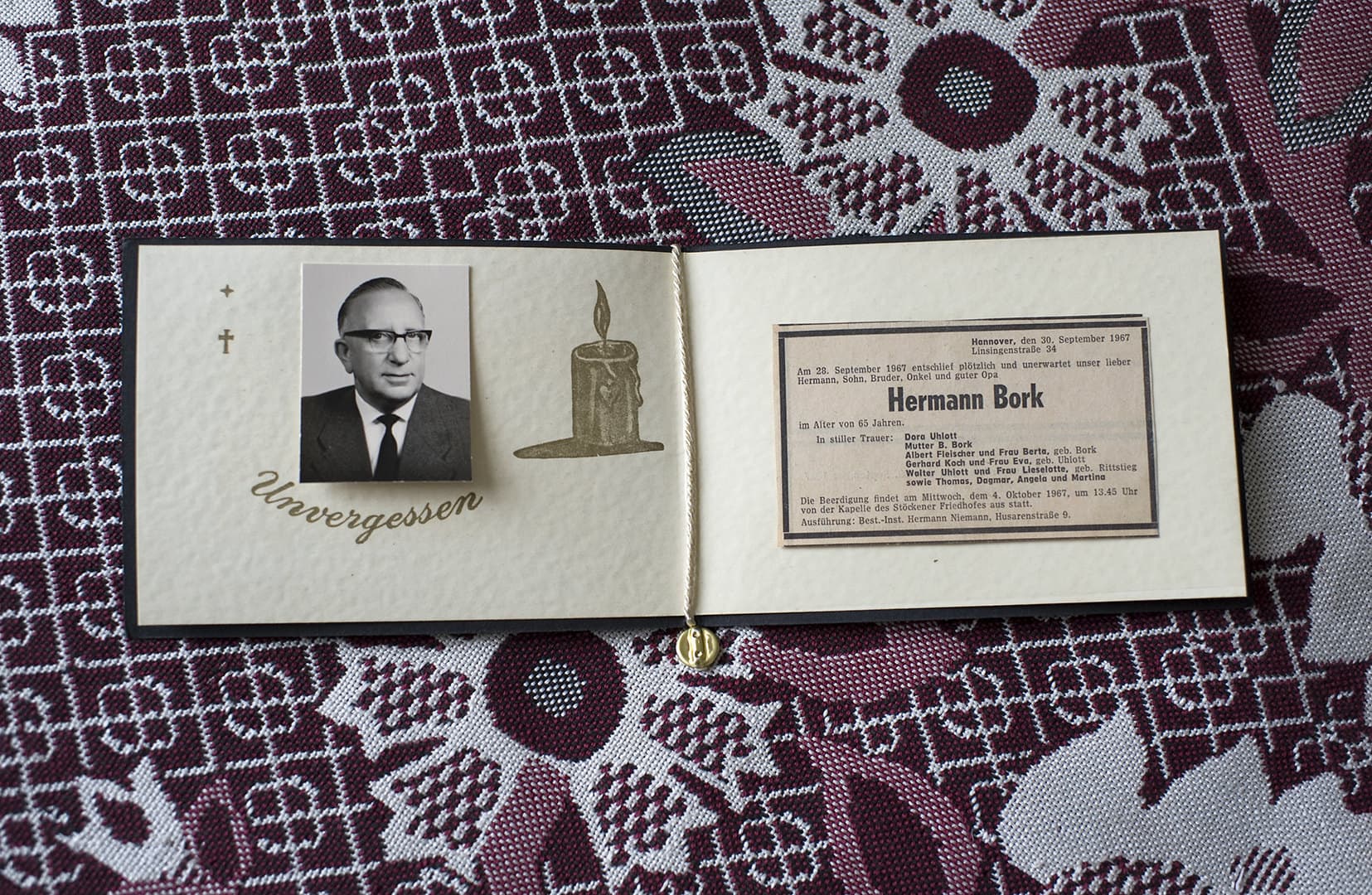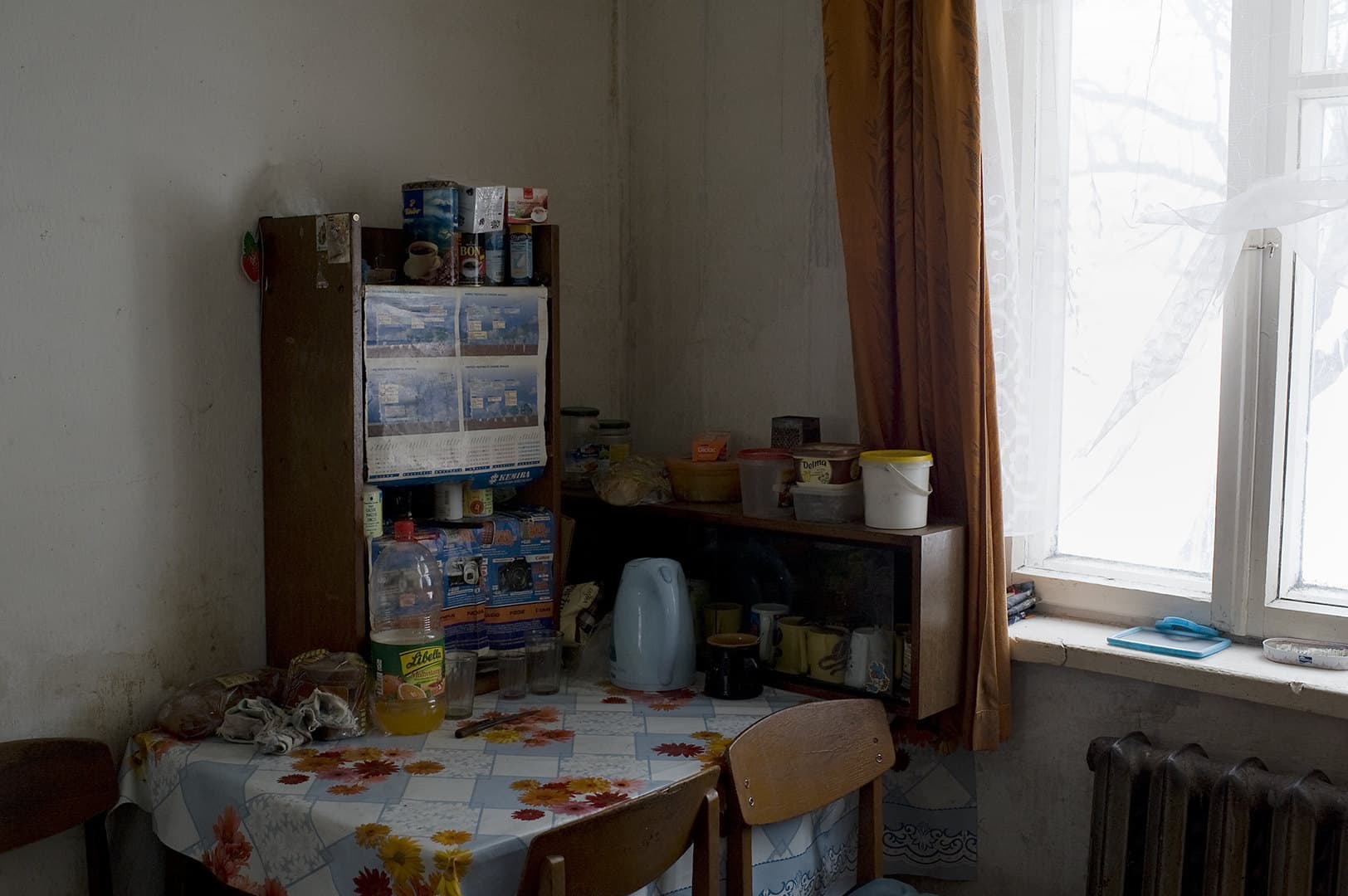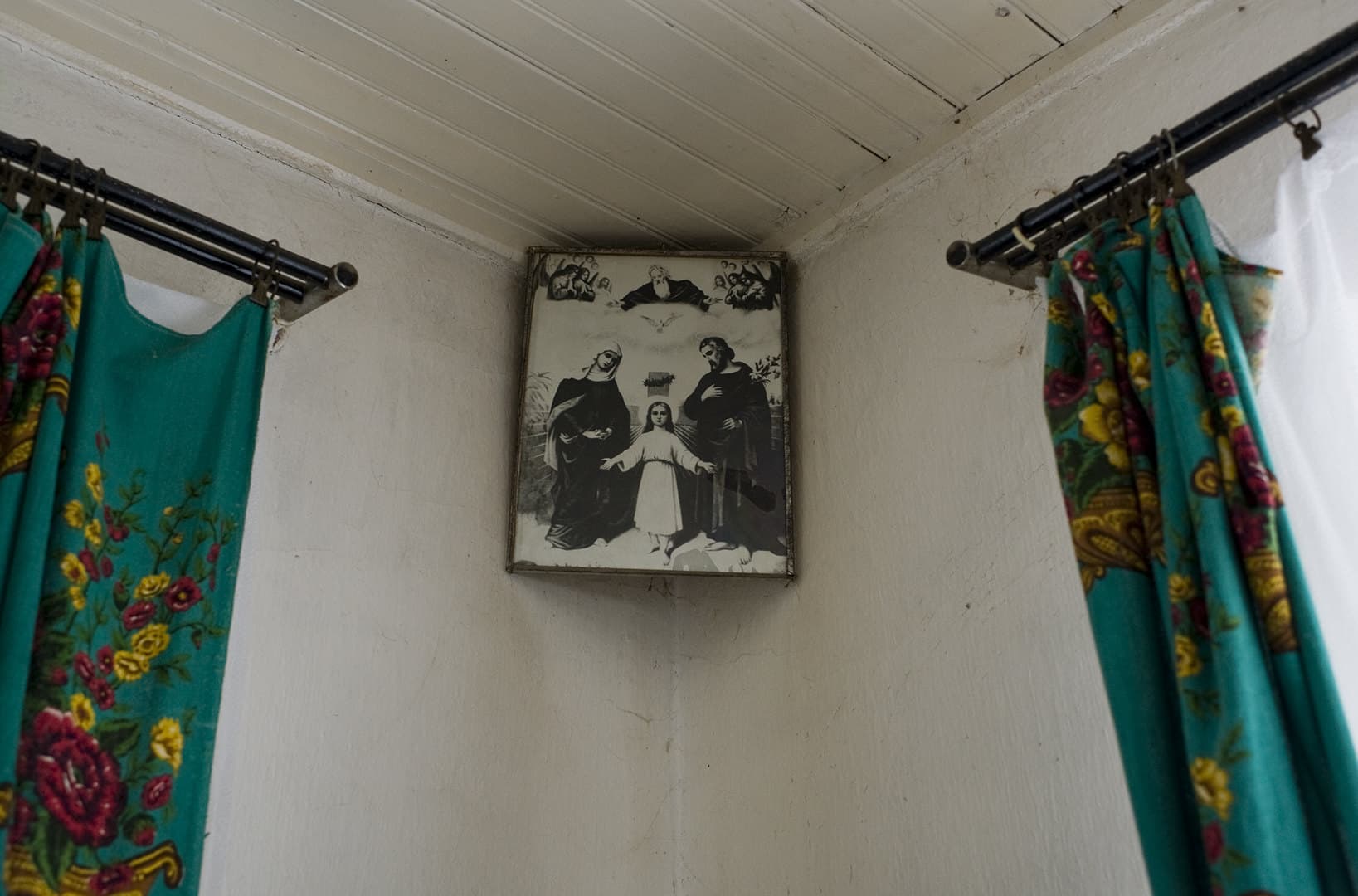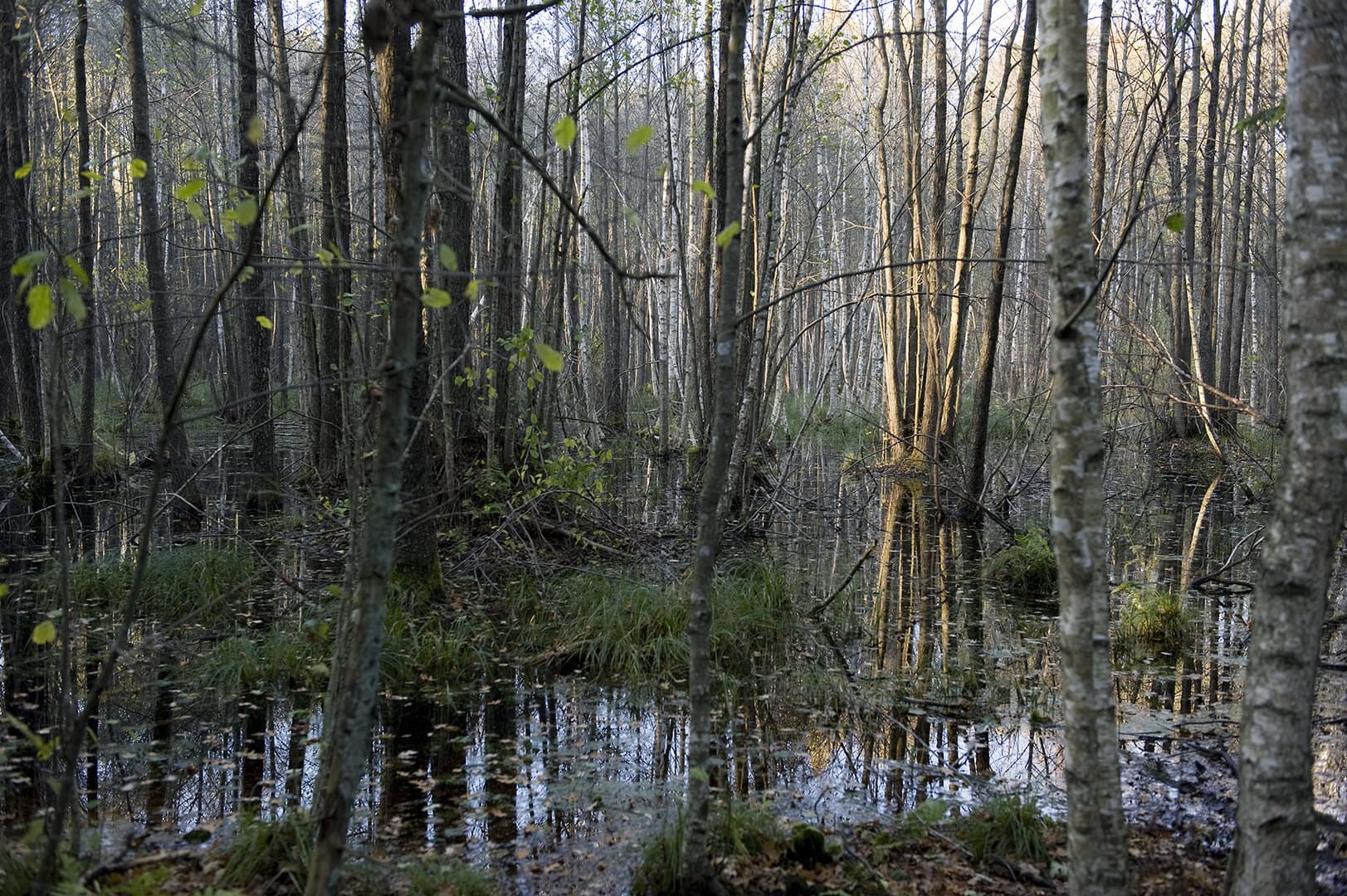In the late summer of 1944, the Red Army reaches the border of East Prussia. Despite the imminent danger of a Soviet advance, Nazi authorities forbid evacuation of civilians. In October, the Russians eventually break through German lines, resulting in huge numbers of civilians starting to evacuate. Three months later, East Prussia is surrounded. 2.5 million people are desperately trying to save their lives; hundreds of thousands die. Thousands go missing trying to escape, while countless others remain behind. In both instances most of these are children. On both sides of the River Neman, they fight a battle of life and death against starvation, epidemics, bitter cold and Soviet despotism.
On their own, these children struggled to survive in the forests of the Baltic countries. They were called Wolfskinder (German for ‘wolf children’). Some found shelter with Lithuanian farmers who secretly took them in and cared for them as best they could. In return, the children worked the land and looked after the livestock. Most of them were never able to attend school; even today, many cannot read or write. In general, the children were given a new identity and Lithuanian names to disguise their origins. Under these conditions they were able to escape deportation to Siberia. For decades they remained behind the Iron Curtain and were almost untraceable by relatives searching for their loved ones.
Until now their fate has being unknown to the general public.
The project/book
“When I first heard about the fate of the Wolf Children in the spring of 2011, I was deeply touched and at the same time surprised that I had never heard of them before. It’s a topic that has gripped me ever since. I wanted to make the wolf children visible, give them a voice and archive their stories for future generations and for a bigger audience.”
Claudia Heinermann
Together with journalist Sonya Winterberg I travelled since 2011 many times to Lithuania. Around sixty wolf children are left in Lithuania today, most of whom are well advanced in years. To date we have visited 42 of them. While Sonya was conducting biographical interviews I concentrated on taking photographs of the individuals, their living conditions and residential environment as well as historic photographs and documents.
In the collective narrative and memory of the wolf children nature plays a major role. Therefore I travelled a couple of times on my own to Lithuania to take landscape and nature photos during different seasons of the year. I wanted to give the viewer the feeling of walking with them through the landscapes of their memories
Dutch graphic designer Sybren Kuiper designed a monumental book with all the collected material.
The book was nominated for the Prix du Livre in Arles 2016 and for the Best Photobooks Kassel 2016 and for the Best 15 Dutch Photobooks.

